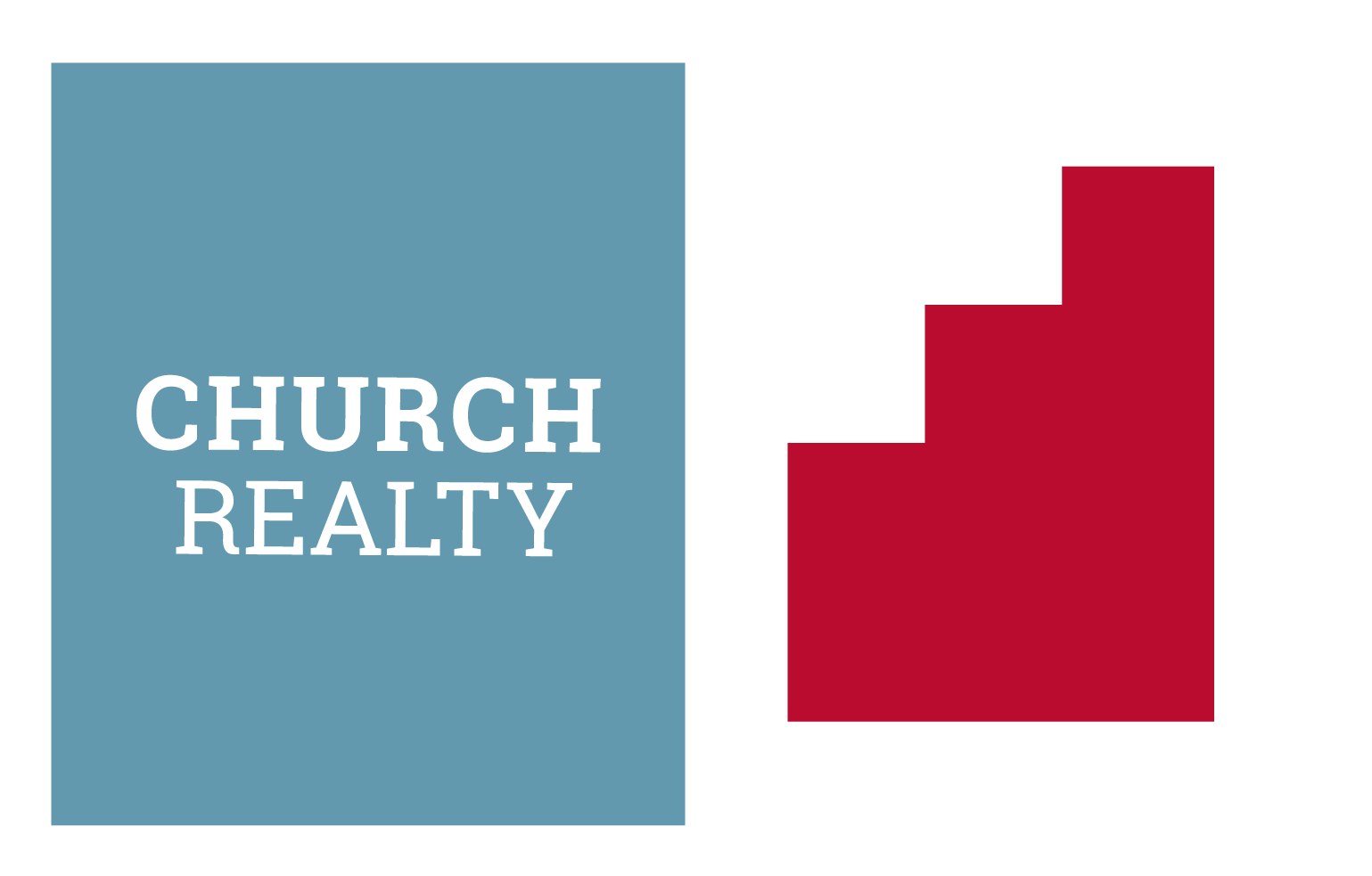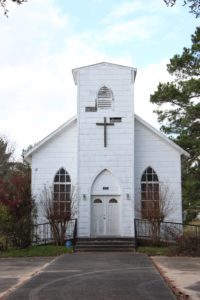In a previous article, we discussed the Top 10 Things to Know When Finding a Facility for your Church Plant. That post addressed the things you need to know when leasing a space for a church plant. After growing in a lease space for a season, many churches look for a permanent home that they will own. This first purchase is often comparable to a starter home for a young family. This facility will serve as a place to expand ministry opportunities without overstretching the budget. Before you shop for space or start calling on signs, we advise the church to get an understanding of your space needs and your budget.
The following are the top 10 things that a church planter must know before buying a church property.
Whether you are purchasing an existing church building, a building to convert, or land, the following is a list to guide you as you evaluate options.
Budget
Understand what you can afford. Is this a cash purchase? Will you get a loan? If so, what is your loan capacity?
- Market Capacity: Understand what it costs to buy a building in your market. Costs and Supply and Demand vary from market to market.
- Loan Capacity: What is the amount that you can borrow? Just because a lender may loan you $2,000,000, you may have an internal limit. Know before you shop publicly.
- Cash Reserves: Many lenders will require 20 – 30% down, but they also will want you to have six months of operating capital in the bank.
Ministry Needs Guide Your Facility Needs
A building is a tool for ministry. Your ministry should dictate the facility you need. If you have an adult Bible Study on campus, then you need more classroom space. If youth and sports are a vital ministry, you will need a gym. Before you owned a building, there were vital ministries that were important, and a new facility should not change that to the detriment of your church.
- Define your ministry needs
- As you consider your facility needs, consider how many services you will run and how you can staff volunteer areas.
- Consider multipurpose spaces? If you build a gym, can it also be used for Sunday morning ministries?
Ingress/Egress
As a church grows, more people usually come to your building. Accessing your property can be a real issue as growth occurs. It is critical to have a minimum of 2 points of access. A church site larger than 5 acres with a seating capacity of more than 500 will need more than two access points.
- Ingress – In other words, how people can get into your site. Median openings allow people to travel from 2 directions to turn into your site. Deceleration lanes can help reduce traffic on the road as cars turn into your property at the high traffic times. Remember that by design, many people come to you at once; being able to access your property is essential.
- Highway Locations – Many churches want to be on the highway. Having frontage on a service road or highway can limit the points of access. It is essential to understand where your curb cuts are in relation to on-ramps and off-ramps. If the off-ramp misses your access point, then people either must pass you and turn around, or they must exit at an exit before they see you.
- Egress – This is how you exit your site. This is critical, especially if you are doing multiple services. Can people leave the lot while others are diving into the parking lot?
Parking
One of the critical things for church properties is making sure you have enough parking. Many old church buildings are on small sites, less than 2 acres, and often have limited parking. If the building was built in the early to mid-20th century, then many people may have walked to their neighborhood church.
Parking requirements differ from city to city. Be aware that the city requirement may be woefully short for your actual needs. A city that allows one parking space per 5 seats in the sanctuary is not helpful to a growing church. Today, some families may bring 2-3 cars to church based on when family members need to arrive. Be aware of what your congregation needs for parking.
- Some cities base parking off seats in the sanctuary – 1 space per 3 seats
- Some cities base parking off square footage – 1 space per 250 sqft of building
- Parking spaces may cost $2,500 per space.
- Offsite parking can be acquired by agreement or easement.
Capacity
Capacity can be looked at in two ways: current seating capacity and growth capacity.
- Seating Capacity – What is the ideal sanctuary size for your church? Today I see more churches with 500-600 seats with multiple services as the solution as they grow. If you are a church-planting church, then a smaller sanctuary with multiple services may be more appropriate than seating 800-1,000.
- Growth Capacity – Before building or buying a facility, think about what your growth plan will be. Are you in a position to be a megachurch? Are you going to plant new churches when your current church reaches a specific size or is multisite in your future? Often a church has outgrown its children’s space before outgrowing the sanctuary. Growth can come to a halt when support space reaches its capacity.
Land Development Costs
When buying land, you must know what it will cost to develop the site before you commit to the purchase. Some sites are “great deals” because utilities and roads are not near the property. A cheap site can become an expensive site when you find out your first phase is to spend $500,000+ to bring the necessary utilities to the site. Utilities like water, sanitary sewer, storm sewer, electricity, and gas are critical. A water line could be onsite, but it might not be large enough for commercial development.
Zoning
In many cities, church use is allowed by right. Other cities may require a Special Use or Conditional Use Permit. A city is not allowed to keep a church from using a property with zoning. The Religious Land Use and Institutionalized Persons Act protects churches in this situation. If a city is citing zoning as a reason, a church cannot use a property; you need to understand your rights.
A church real estate agent should help you consider the current zoning before making an offer on the property. Zoning actions like a Special Use Permit does require additional costs and help from an architect, engineer, or zoning specialist.
Change of Use Requirements
When a church buys a building to convert it to church use, the city building inspection department will be vetting the property under an Assembly Use. This may change the building and code requirements for the finish-out. Items like fire sprinklers, fire alarms, exit doors, ADA are all items to consider.
When a church buys an existing church building, many code items may be grandfathered in. If you spend $50,000 in renovations, you may be required to bring things up to the current code. Get a clear understanding of this early in the process.
Audio Visual Costs
Understand the audio and visual costs. The AVL budget may be critical. I have worked with churches that determined the most important thing was that they wanted to ensure that people would hear and see the message. AVL is sometimes overlooked early in the process. New spaces may need a sound system designed for that space.
There are purchase and lease options for AVL equipment. Get quotes from multiple professionals.
FF&E (Fixtures, Furniture, & Equipment)
These are the items that fill your space. From the lobby to classrooms and offices, all these items cost money. I have seen churches that have selected the things they want for the room and then allowed members to tour the space and choose the items they would like to buy for the building. When moving from leased space to a larger facility, there is often a need for additional furniture and fixtures. Include this in your budget.
Contact Church Realty for Help Buying a Church Property
If you need help preparing for future facilities, email 4phases@churchrealty.com for a free consultation.


